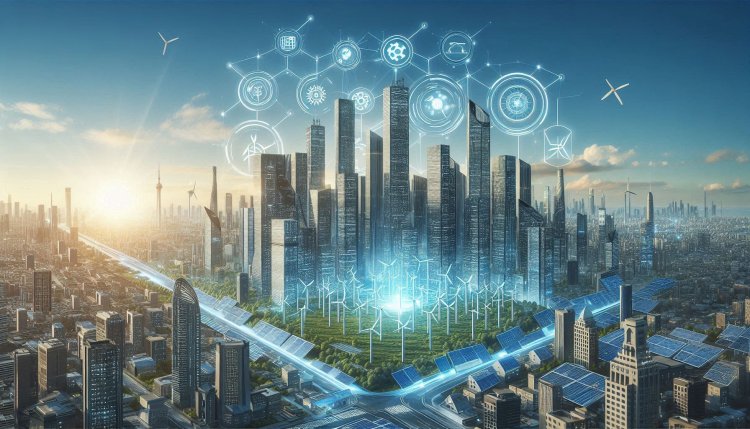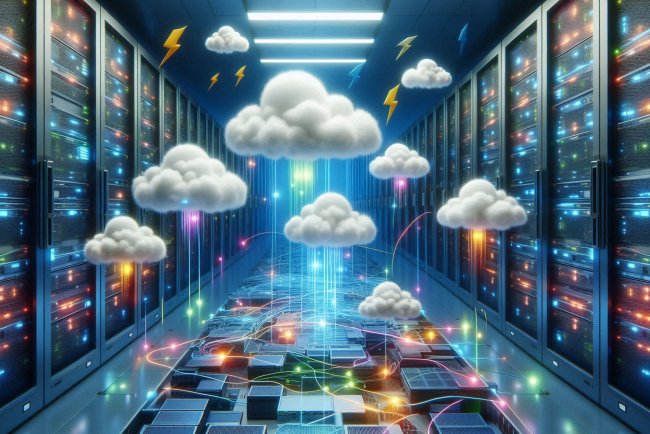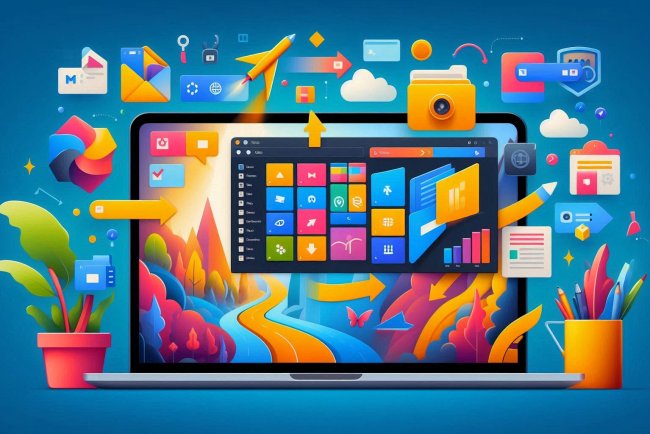Renewable Energy and Grid Modernization
Discover the latest trends and innovations in renewable energy and grid modernization to create a sustainable and efficient energy future.

Renewable Energy and Grid Modernization
Renewable energy sources such as solar, wind, and hydropower have gained significant attention in recent years as the world seeks to reduce its reliance on fossil fuels and mitigate the impacts of climate change. Transitioning to renewable energy is a key component of efforts to achieve sustainability and combat global warming. Alongside the adoption of renewable energy sources, modernizing the electricity grid is essential to support the integration of these intermittent power sources and ensure a reliable and resilient energy system.
Renewable Energy Technologies
Solar energy involves harnessing the power of sunlight to generate electricity through photovoltaic panels or concentrated solar power systems. Wind energy utilizes wind turbines to convert the kinetic energy of wind into electrical power. Hydropower, on the other hand, generates electricity by capturing the energy of flowing water in dams or river currents. These renewable energy sources offer clean and sustainable alternatives to traditional fossil fuels.
Benefits of Renewable Energy
The shift towards renewable energy offers numerous benefits, including:
- Reduced greenhouse gas emissions: Renewable energy sources produce minimal to no greenhouse gas emissions, helping to combat climate change.
- Energy independence: By diversifying energy sources, countries can reduce their dependence on imported fossil fuels and enhance energy security.
- Job creation and economic growth: The renewable energy industry creates jobs and stimulates economic development in local communities.
- Improved air quality: Unlike fossil fuels, renewable energy sources do not produce harmful pollutants that contribute to air pollution and respiratory diseases.
Challenges of Renewable Energy Integration
While the benefits of renewable energy are clear, the integration of these intermittent power sources into the electricity grid presents several challenges. The variability of solar and wind power production depending on weather conditions can lead to grid instability and the need for backup power sources. Additionally, the existing grid infrastructure may not be equipped to handle the two-way flow of electricity required for distributed energy resources such as rooftop solar panels.
Grid Modernization
To address these challenges and fully realize the potential of renewable energy, grid modernization is crucial. Grid modernization involves upgrading and enhancing the electricity grid to accommodate the changing energy landscape. Key components of grid modernization include:
- Smart grid technologies: Smart grids utilize advanced sensors, communication systems, and control technologies to optimize the flow of electricity, detect and respond to outages, and integrate renewable energy sources more efficiently.
- Energy storage: Battery storage systems help to store excess energy generated by renewable sources for use during periods of high demand or low generation. Energy storage enhances grid flexibility and reliability.
- Demand response programs: Demand response initiatives encourage consumers to adjust their electricity usage in response to supply conditions, reducing peak demand and balancing the grid.
- Distributed energy resources: Distributed energy resources, including rooftop solar panels and small-scale wind turbines, allow consumers to generate their own electricity and contribute to the grid. Grid modernization supports the integration of these resources into the grid.
Benefits of Grid Modernization
Grid modernization offers a range of benefits that support the transition to a cleaner, more sustainable energy system:
- Improved reliability and resilience: Modern grid technologies enhance the reliability of the electricity system, reduce the risk of outages, and improve the grid's ability to withstand disruptions.
- Enhanced efficiency: Smart grid technologies optimize the use of electricity, reduce energy losses during transmission, and lower overall energy consumption.
- Integration of renewable energy: Grid modernization enables the seamless integration of renewable energy sources into the grid, promoting the growth of clean energy generation.
- Empowerment of consumers: Through distributed energy resources and demand response programs, grid modernization empowers consumers to actively participate in the energy system and make informed choices about their electricity usage.
What's Your Reaction?
















